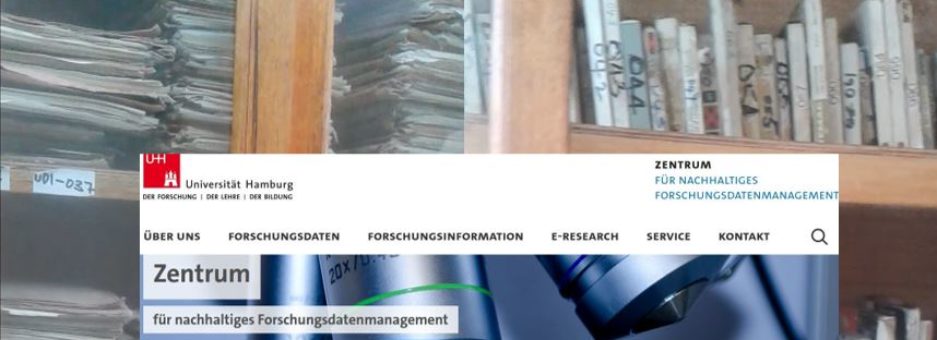On the basis of the revised cataloguing system and the digital copies produced in the first phase, the second project phase focusses on increasing data quality, the functionality of the data repository and making the archive available. Although an important goal has already been achieved with the digital preservation of the archive inventory, the project partners expressly wish for significantly improved access and dissemination of information. This is also the general public’s interest according to discussions in Gambia with colleagues and official representatives.
A workflow for the transfer of the NCAC archive catalogue to WorldCat and other union catalogues as well as the creation of digital object identifiers is currently established. This will allow researchers and the general public worldwide access to inventory information. To this end, it is necessary to reprocess the existing general catalogue data, to amend them accordingly and to index them.
In contrast to text data and the possibilities of full text indexing used in Digital Humanities projects, an alternative approach of indexing original audio data and their topology models has been developed for data that have not been insufficiently indexed yet. In the archive, translations and/or transcripts are available for approximately 1,200 recordings as aligned annotations. However, a complete transcript of the remaining, not yet annotated data for the full text search and application of automatic procedures such as ‘topic modelling’ would require considerable resources and time and would only be realisable with great effort. Archive data, however, can only be used if they can be found in the inventory records.
In this context, a possible solution was already tested in the first project phase for selected recordings. After listening to the recordings, journalistically trained native speakers of the respective languages compiled a list of keywords, topoi, place and person names and a short summary according to clearly specified values. The results of this procedure were then reviewed and discussed with the partners. In the opinion of all project participants, this approach is a comparatively effective method of recording the contents of the audio archive and storing them as metadata. According to a priority list agreed upon with the NCAC, another 1,000 recordings with voice data will be listened to and indexed in the second phase.
In addition, the possibilities of use and access to information will be achieved by improving the data quality with the aid of audio restoration methods. The partially low data quality is caused either due to the quality of the original recording, the age and condition of the analogue sound carrier or non-correctable manual errors in the digitisation on site. With the possibilities of audio restoration archive materials shall be optimised and ‘retouched’ bit by bit.
Final Symposium
Based on the positive feedback from the launch event and the attention received in The Gambia, another symposium will be held at the end of the project. We plan to involve actors from the Digital Humanities to an even greater extent and to prominently discuss the potential of digitisation in the context of the ownership problem of cultural heritage.
Summary of Objectives and Success Criteria
After digital archiving, the second project phase focusses on increasing availability, data quality and integrating the digital archive into existing catalogues and networks. This means indexing previously unindexed recordings, restoring recordings and improving the dissemination of metadata and catalogue data. Once completed, the entire inventory will be available online in a repository for research and interested members of the public. Prepared content will be made available for further use as educational content and media productions. We plan to increase awareness for and usability of the project by means of a final symposium, the presentation of the project within the field of Digital Humanities, as well as lectures and publications.
